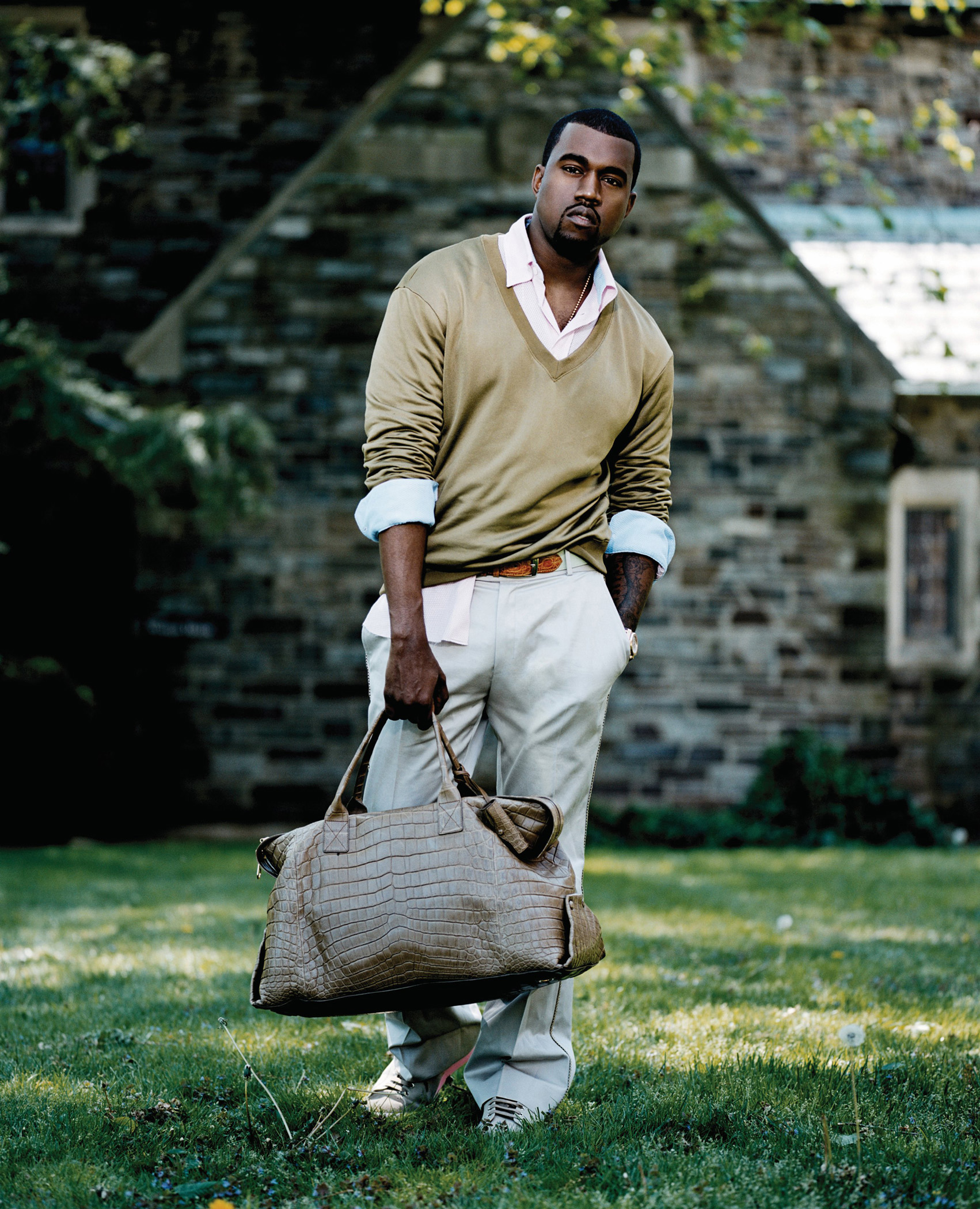
Black tie dates from 1860, when Henry Poole & Co. of Savile Row created a short smoking jacket for the Prince of Wales (later Edward VII of the United Kingdom) to wear to informal dinner parties as an alternative to white tie dress—the standard formal-wear. At that time, lounge suits were starting to be worn in the country, and the new dress code was an evening lounge suit intended for use in a relaxed atmosphere out of town.
In the spring of 1886, the Prince invited James Potter, a rich New Yorker, and his wife, Cora Potter, to Sandringham House, his Norfolk hunting estate. When Potter asked the Prince's dinner dress recommendation, he sent Potter to Henry Poole & Co., in London. On returning to New York in 1886, Potter's dinner suit proved popular at the Tuxedo Park Club; the club men copied him, soon making it their informal dining uniform. The evening dress for men now popularly known as a tuxedo takes its name from Tuxedo Park, where it was said to have been worn for the first time in the United States, by Griswald Lorillard at the annual Autumn Ball of the Tuxedo Club founded by Pierre Lorillard IV, and thereafter became popular for formal dress in America. Legend dictates that it became known as the tuxedo when a fellow asked another at the Autumn Ball, "Why does that man's jacket not have coattails on it?" The other answered, "He is from Tuxedo Park." The first gentleman misinterpreted and told all of his friends that he saw a man wearing a jacket without coattails called a tuxedo, not from Tuxedo.[2]
Two years later,[3] it gained the name dinner jacket (DJ) in Britain, a name it has also kept in the Northeastern U.S.[citation needed]
While in America the new garment was initially called a tuxedo, the term has since been inaccurately used, particularly in America, to denote any form of formal or semi-formal dress including white tie, morning dress, and strollers.






























0 comments:
Post a Comment